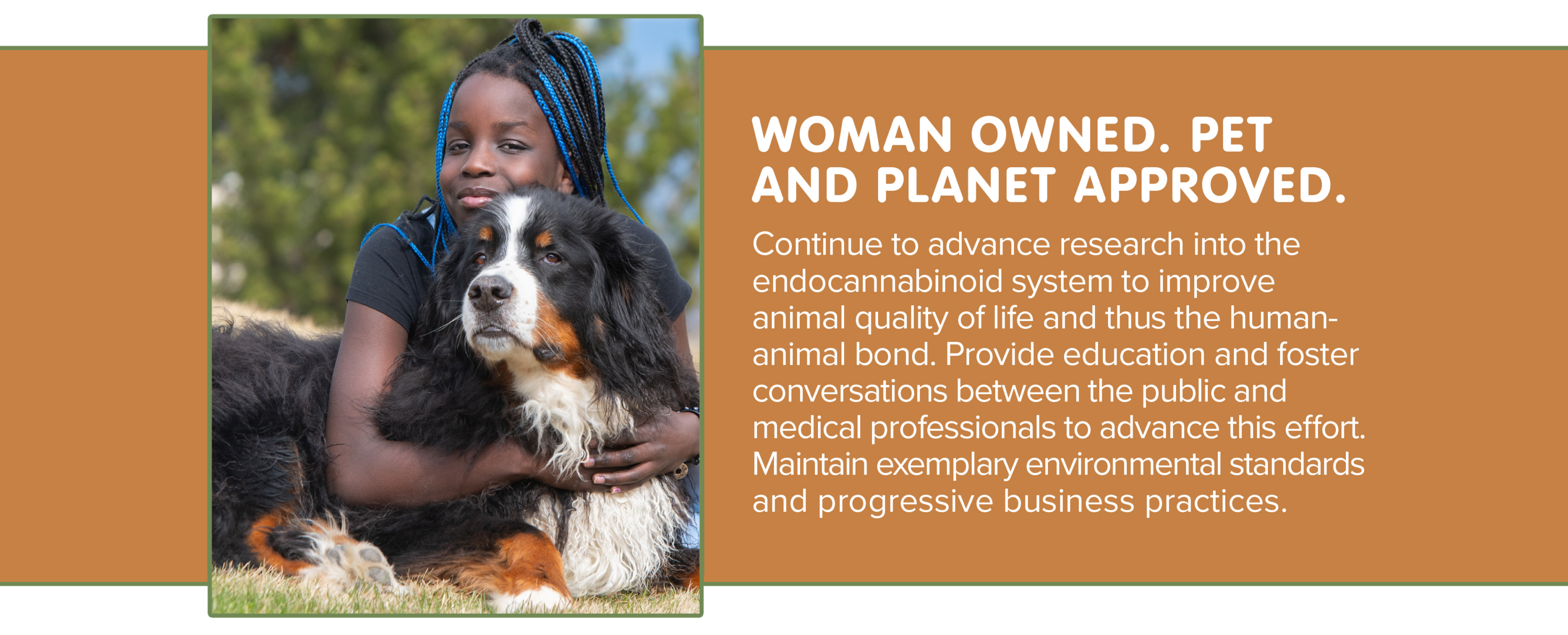How to Manage Your Dog’s Separation Anxiety
Dogs depend on their two-legged parents for more than just food, water and the occasional belly rub. Our canine companions fiercely crave our company, affection, and leadership, which is why so many of them become distressed whenever we leave the house for school, work or trips into town. In fact, separation anxiety is one of the most common concerns affecting dog parents and their pups today. If left unchecked, this condition can cause disruptive behaviors and severely decrease a canine’s quality of life. Consequently, it’s incredibly important for pet parents to develop techniques to help them manage and mitigate the impact that separation anxiety has on their dog.
At Canna Companion, we’re passionate about leveraging cannabis science to provide optimal health, care and comfort for pets. That’s why we produce a wide range of pet-friendly hemp products that harness combinations of terpenes, phytocannabinoids and flavonoids to provide natural support for the balance and health of your dog’s neurological, physiological, immunological and endocannabinoid systems. We’re also proud to offer pet parents any advice and resources they need to understand and care for their four-legged kids. So today, we’ll be discussing a handful of strategies you can employ to manage your pup’s separation anxiety. But before we jump in, let’s take a moment to review this serious condition and a few of its telltale symptoms.
Understanding Separation Anxiety in Dogs
Separation anxiety in dogs can be defined as the worry, unease and stress a canine feels when their guardian leaves them. Because dogs are pack animals, they feel a powerful drive to keep members of their family together. In light of this fact, it’s not hard to imagine why our pups become upset when we take off for eight or nine hours every single day. In most cases, dogs will vent this stress and worry through whining, urinating, barking and pacing restlessly around the house. These anxiety symptoms usually start up as soon as they realize their owner is preparing to depart. In more severe cases, dogs will resort to more destructive behaviors in their distress, which can lead to damaged property and even self-injury. Put simply, if your canine constantly barks, whines, urinates, damages non-toy items or attempts to escape from their space when left alone, it’s very likely that they’re struggling with separation anxiety.
Now that you have a solid understanding of what separation anxiety is and how it manifests in canines, let’s run through a few tactics you can use to lessen the effects this condition has on your favorite four-legged friend.
1. Exercise Your Dog Thoroughly Before Leaving Home
According to Cesar Millan, one of the best ways to manage your dog’s separation anxiety is by tiring them out before you leave each day. Thorough exercise triggers a “resting state” in canines, making them more submissive and accepting of your departure. In many cases, after a nice, long jog or fetch session, your dog will be too tired to get worked up about you leaving, causing them to relax and sleep the day away until you come home. And since healthy adult canines are supposed to sleep for up to 14 hours each day, they’ll wake up feeling refreshed, happy and ready to greet you when you return.
2. Provide Companionship for Your Dog
Another great way to manage your dog’s’ separation anxiety is to set them up with a companion while you’re away. If your canine has some form of company, they’re much less likely to fret over your absence and turn to negative behaviors. While taking your pup to a daycare facility or leaving them with a friend or family member are effective tactics, they can be expensive and inconvenient. That’s why we recommend adopting another inside pet to provide this companionship. A second dog is usually a good choice, but it’s important to note that some canines don’t mesh well with other dogs. In situations like these, you might consider adopting a cat. And if your dog doesn’t play well with any other animals, you can still simulate companionship by turning on the TV or radio while you’re gone. These pleasant distractions can go a long way in helping your pup calm down and stop fixating on the fact that you aren’t around.
3. Utilize Pet-Friendly Supplements
Did you know certain pet supplements can help to reduce the effects of separation anxiety in pets? For example, our Canna Companion supplement for dogs uses a variety of natural compounds found in hemp to encourage a normal, calm demeanor in canines. When regularly administered, Canna Companion can help your dog relax during periods of temporary or situational anxiety. Just be sure to consult with your veterinarian before starting your dog on any new supplement product. Together, the two of you can find the perfect product to meet your dog’s unique health needs.
Contact Canna Companion Today
Would you like to learn more about separation anxiety in dogs and additional steps you can take to manage this condition in your canine? Then don’t hesitate to call or message Canna Companion. Also, feel free to contact us if you’d like more information on any of our industry-leading hemp products for pets. We’re here to provide anything you need to make your pup feel better.



